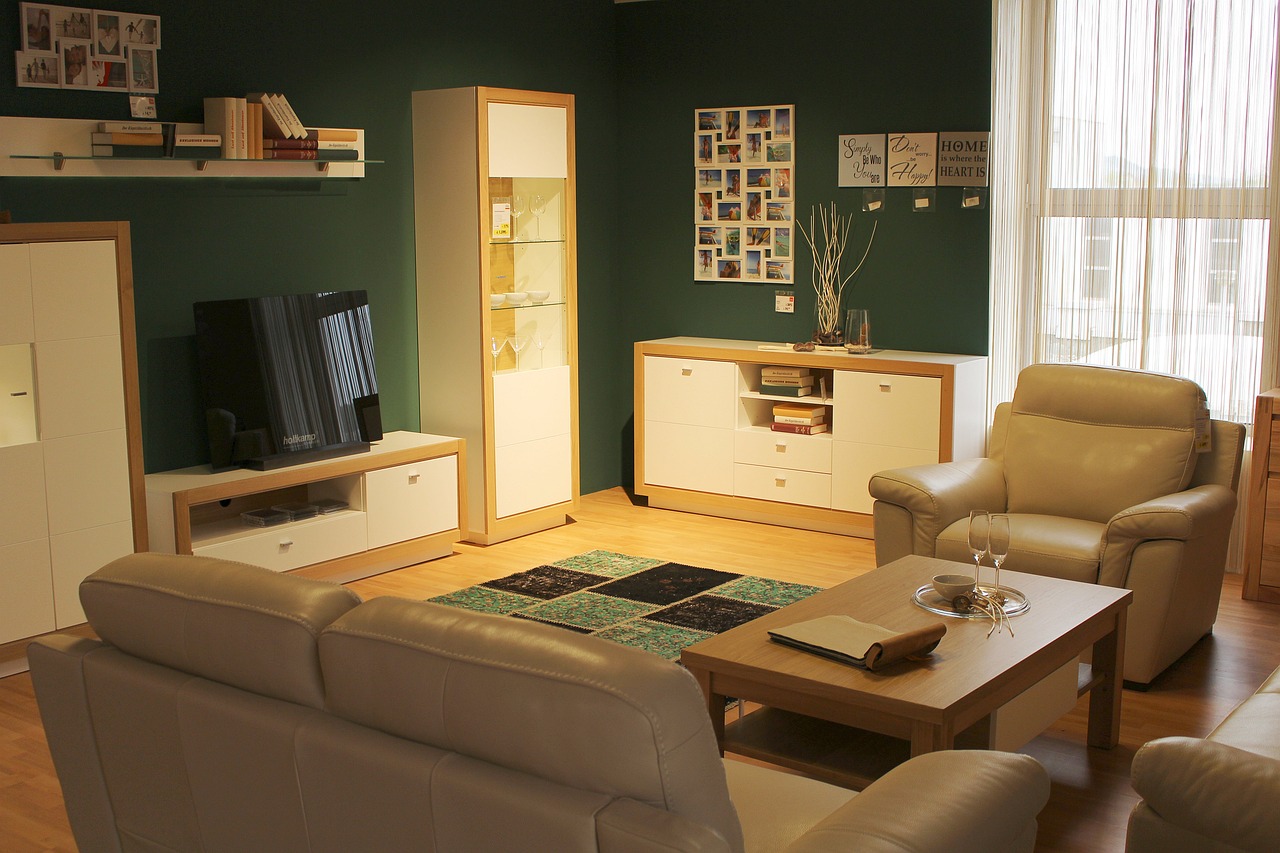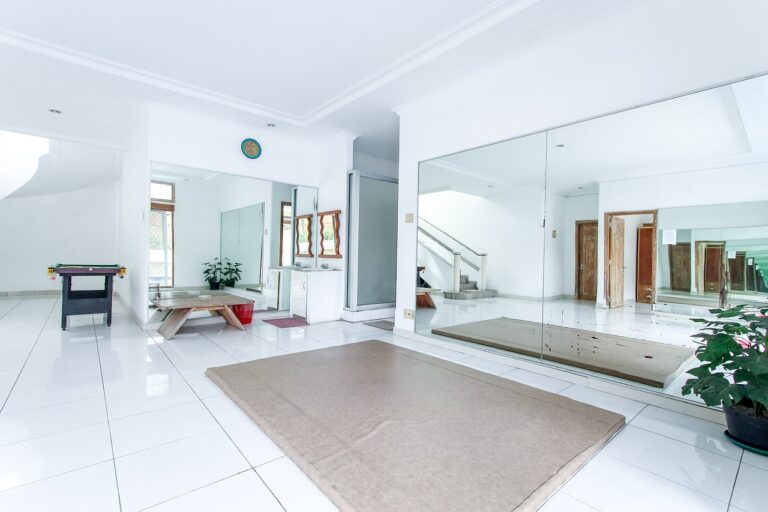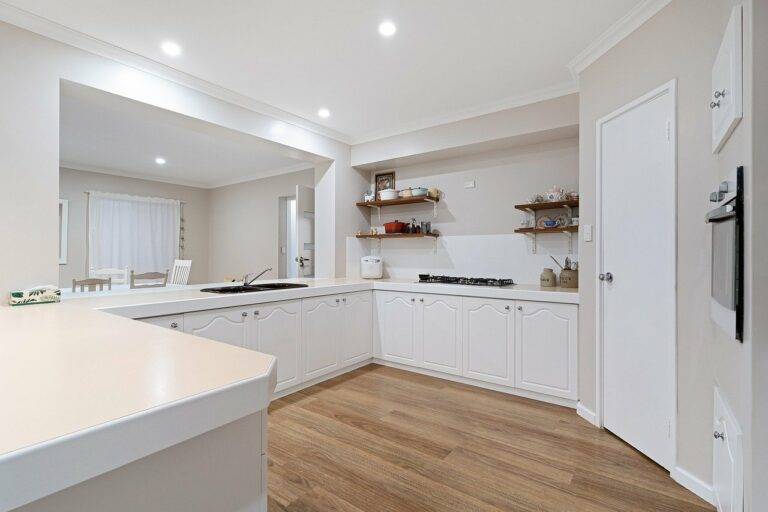The Influence of Japanese Aesthetics in Home Improvement
Japanese aesthetics focus on simplicity, harmony, and nature, which are reflected in various aspects of home improvement. One key element is the concept of “wabi-sabi,” which embraces imperfection and transience. This can be incorporated through the use of natural materials like wood and stone, as well as by celebrating the patina of aged items.
Another essential aspect of Japanese aesthetics is the principle of “ma,” which emphasizes the use of negative space to create a sense of balance and tranquility. This can be achieved by decluttering and organizing spaces to allow for breathing room and a feeling of openness. By embracing these key elements, one can create a home environment that promotes serenity and a deep connection to nature.
Applying Minimalism in Interior Design
Minimalism in interior design is about embracing simplicity, functionality, and clarity. A key principle of minimalistic design is to eliminate clutter and focus on the essentials. This style emphasizes clean lines, neutral colors, and a sense of openness in the space.
When incorporating minimalism in interior design, it is essential to choose furniture and decor pieces that serve a dual purpose of both functionality and aesthetics. Opt for streamlined designs that have a purpose in the room rather than merely serving as decorative elements. By focusing on quality over quantity, each piece in the space can stand out and contribute to the overall cohesive look of the minimalist design.
Incorporating Natural Materials for a Zen-like Atmosphere
One of the key principles of creating a Zen-like atmosphere in interior design is the use of natural materials. Incorporating elements such as wood, stone, bamboo, and straw can evoke a sense of tranquility and simplicity in a space. These materials bring a sense of warmth and grounding, connecting the indoors with the beauty of the natural world.
When selecting natural materials for your home, consider their textures and colors to create a harmonious balance. Opt for light-colored woods like oak or maple to brighten a room, or choose darker grains for a more cozy and intimate feel. Mixing different textures, such as smooth stone surfaces with rough-hewn wood accents, adds depth and visual interest to your space. By incorporating natural materials thoughtfully, you can transform your home into a peaceful sanctuary that promotes relaxation and mindfulness.
What are some key elements of Japanese aesthetics that can be incorporated into home improvement?
Some key elements of Japanese aesthetics include simplicity, natural materials, minimalism, and an emphasis on harmony and tranquility.
How can minimalism be applied in interior design?
Minimalism in interior design involves decluttering and simplifying spaces, using clean lines and neutral colors, and focusing on functionality and practicality.
How can natural materials be incorporated into home decor to create a Zen-like atmosphere?
Natural materials such as wood, stone, bamboo, and paper can be used in furniture, flooring, and decor to bring a sense of warmth, tranquility, and connection to nature to a space.
What are some tips for creating a Zen-like atmosphere in a home?
Some tips for creating a Zen-like atmosphere in a home include decluttering and simplifying spaces, incorporating natural materials, adding elements of nature such as plants or water features, and creating a sense of balance and harmony in the design.







